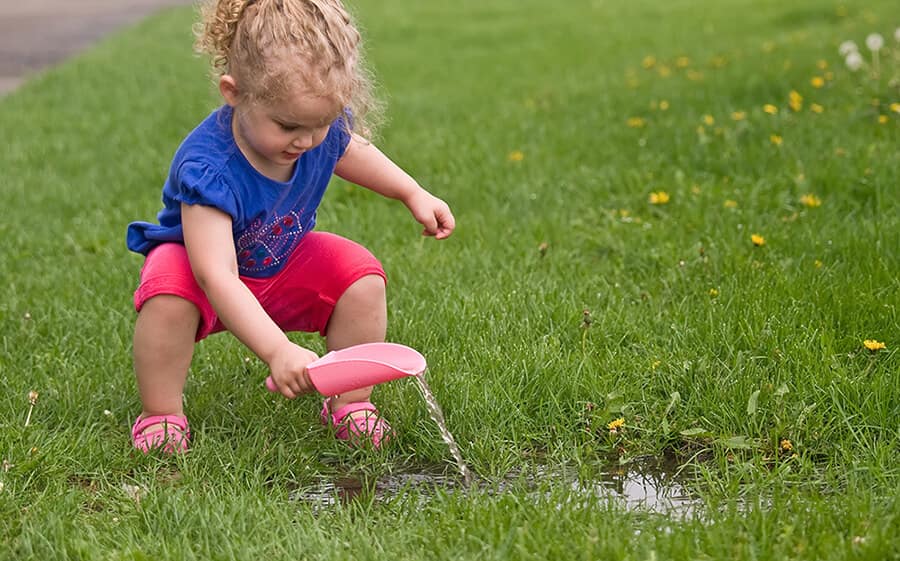Your House's Principal Common Triggers of Leak Problems: Detailed Examination
Your House's Principal Common Triggers of Leak Problems: Detailed Examination
Blog Article
The author is making several good annotation relating to Most Common Causes of Leaky Pipes in general in this post underneath.

Leakages not only cause waste of water but can also create unneeded damage to your house and promote unwanted natural development. By looking and recognizing for day-to-day circumstances that trigger leakages, you can shield your house from future leaks and unneeded damage.
Elbowing in origins
Many water leaks begin outside your home instead of inside it. If you see a sudden decline in water stress, say in your faucet, take some time to head out and analyze your lawn. You could observe wet spots or sinkholes in your yard, which might suggest that tree origins are getting into water lines triggering water to seep out. You can have your plumber look for intrusion, specifically if you have trees or shrubs near your home.
Corroded water systems
This might be the cause of staining or bending on your water pipelines. If our plumbing system is old, consider replacing the pipes considering that they are at a higher danger of deterioration than the more recent designs.
Faulty Pipeline Joints
The factor at which your pipelines connect is frequently the weakest link in the waterline. Pipe joints can degrade with time, causing water leakages. The majority of pipe joints are not quickly visible. If you have noisy pipes that make ticking or banging noises, particularly when the warm water is activated, your pipeline joints are possibly under a great deal of stress. It is advisable to have your plumber inspect your system once a year.
Instant temperature level adjustments.
Extreme temperature adjustments in our pipelines can cause them to expand and also acquire unexpectedly. This development and tightening may trigger cracks in the pipelines, particularly if the temperature level are below cold.
Poor Water Connectors
Sometimes, a leakage can be triggered by loose tubes as well as pipes that provide your devices. Typically, moving is what creates the loose water Links. You might locate in the case of a cleaning maker, a hose might spring a leakage as a result of trembling during the spin cycle. In case of a water links leakage, you may notice water running directly from the supply line or pools around your home appliances.
Obstructed Drains
Clogged drains pipes could be frustrating and also inconveniencing, but they can often wind up causing an overflow resulting in break pipes. Keep getting rid of any materials that might drop your drains that might obstruct them to avoid such troubles.
All the above are sources of leakages however not all water leaks result from plumbing leaks; some leakages may come from roof leaks. All leaks should be repaired promptly to avoid water damage.
Leakages not only trigger waste of water yet can additionally create unnecessary damage to your house and also advertise unwanted natural development. By looking and recognizing for daily situations that create leaks, you can shield your residence from future leakages and unneeded damages. Today, we will certainly look at 6 leak triggers that might be triggering your pipelines to trickle.
At times, a leakage can be created by loosened tubes and pipes that supply your devices. In instance of a water connections leak, you may notice water running straight from the supply line or puddles around your home appliances.
How To Check For Water Leak In Your Home
How To Check for Leaks
The average household's leaks can account for nearly 10,000 gallons of water wasted every year and ten percent of homes have leaks that waste 90 gallons or more per day. Common types of leaks found in the home are worn toilet flappers, dripping faucets, and other leaking valves. These types of leaks are often easy to fix, requiring only a few tools and hardware that can pay for themselves in water savings. Fixing easily corrected household water leaks can save homeowners about 10 percent on their water bills.
To check for leaks in your home, you first need to determine whether you're wasting water and then identify the source of the leak. Here are some tips for finding leaks:
Take a look at your water usage during a colder month, such as January or February. If a family of four exceeds 12,000 gallons per month, there are serious leaks.
Check your water meter before and after a two-hour period when no water is being used. If the meter changes at all, you probably have a leak.
Identify toilet leaks by placing a drop of food coloring in the toilet tank. If any color shows up in the bowl after 10 minutes, you have a leak. (Be sure to flush immediately after the experiment to avoid staining the tank.)
Examine faucet gaskets and pipe fittings for any water on the outside of the pipe to check for surface leaks.
Undetected water leaks can happen without the home or business owner even realizing. If you suspect a water leak, but not able to find the source. It is time to contact a professional water leak detection service, The Leak Doctor.
How To Find a Water Leak In Your Home
https://www.leakdoctor.com/blog/How-To-Check-For-Water-Leak-In-Your-Home_AE197.html

I have been very enthusiastic about How to Find Water Leaks and I hope you enjoyed reading our blog posting. Do you know about anybody else who is very much interested in Most Common Causes of Leaky Pipes? Feel free to promote it. Thanks so much for your time invested reading it.
Protect your home, dial! Report this page